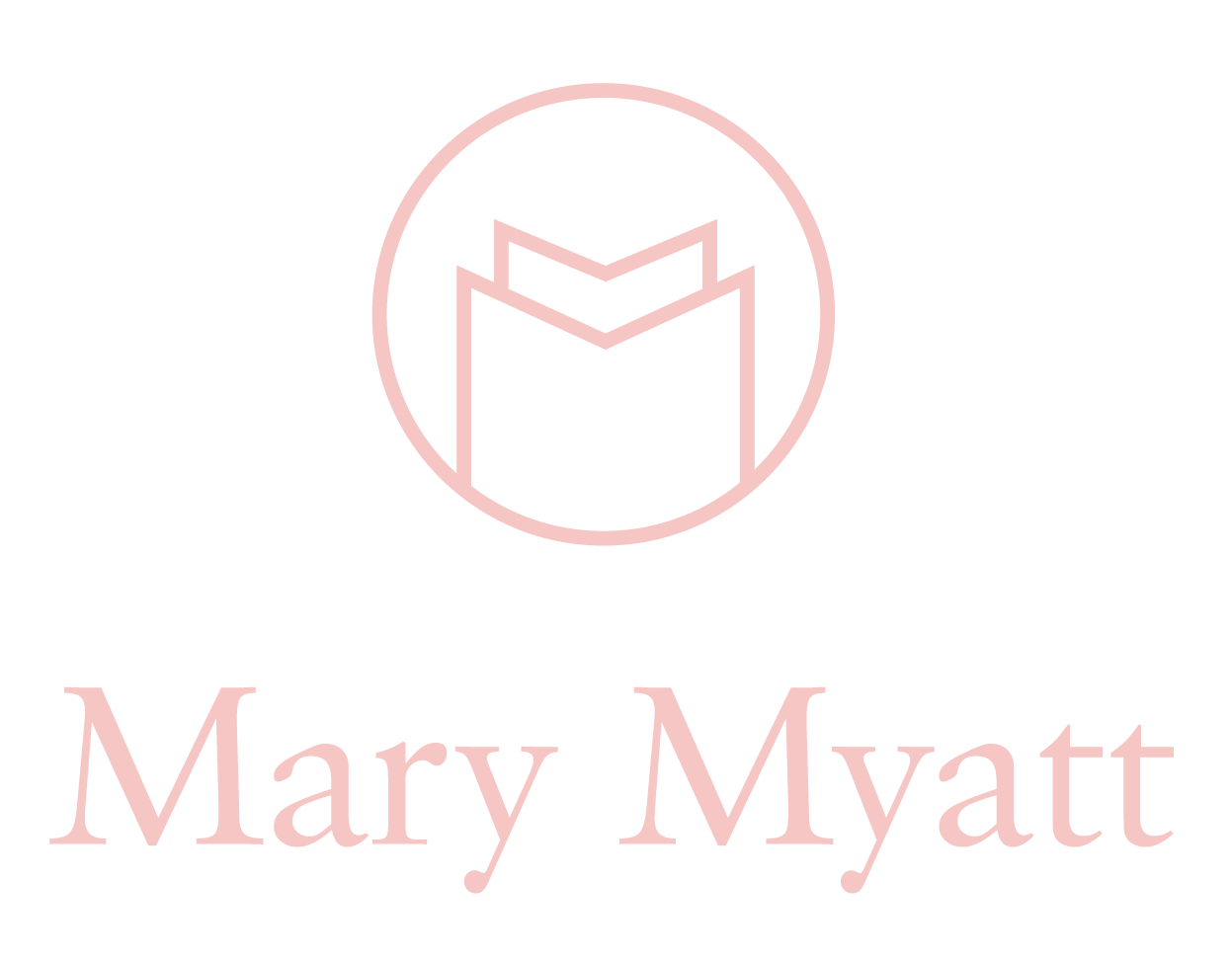Help to close the Word Gap
New research from Oxford University Press and The Centre for Education and Youth examines vocabulary at the time of transition and provides recommendations and advice to help close the word gap.
The findings from Bridging the word gap at transition: The Oxford Language Report 2020 do not make for comfortable reading:
Nine out of ten teachers think transition between primary and secondary school highlights vocabulary deficiencies.
Secondary school teachers are twice as likely as primary school teachers to say that pupils are not confident in using general academic vocabulary, including words such as ‘summarise’, ‘compare’ and ‘analyse’.
Four out of five teachers believe that difficulties with vocabulary leads to a lowering of pupils’ self-esteem, and an increased risk of poor behaviour and dropping out of education.
The purpose and value attributed to language changes. At primary level, vocabulary is perceived by teachers as being most important for social communication and emotional expression/wellbeing. As pupils move into secondary school, teachers increasingly link the importance of good vocabulary to academic achievement and preparing for the world of work.
Eight out of ten primary school teachers describe vocabulary as a high, strategic priority in their school; this drops to five out of ten teachers at secondary level.
Two thirds of teachers say that a lack of time hampers efforts to improve pupils’ vocabulary. More than half of teachers also flagged a lack of additional staff support, such as teaching assistants (TAs).
Secondary schools are more likely than primary schools to have defined whole school vocabulary programmes, but only one in 20 secondary schools said their programme was ‘very effective’.
Only one in four teachers has access to training or continual professional development (CPD) from external experts and language specialists. This is despite more than half of those teachers who did have access to external CPD rating this as ‘very helpful’ for supporting their pupils’ vocabulary development.
The solutions are not packaged in a silver bullet: they involve work at many levels.
Oxford University Press has resources and strategies to help address some of the issues identified in the report. These include links to ‘Closing the Vocabulary Gap’, ‘Bringing Words to Life’, Reading and Oral Vocabulary Development in Early Adolescence. I suggest two further links: Transition: Fostering better collaboration between primary and secondary schools and Clare Sealy’s film about promoting reading across the secondary curriculum.
There is more on the ‘Bridging the Word Gap at Transition’ from Loic Menzies Chief Executive of CFEY and Jane Harley Policy and Partnership Director, Oxford University Press.
